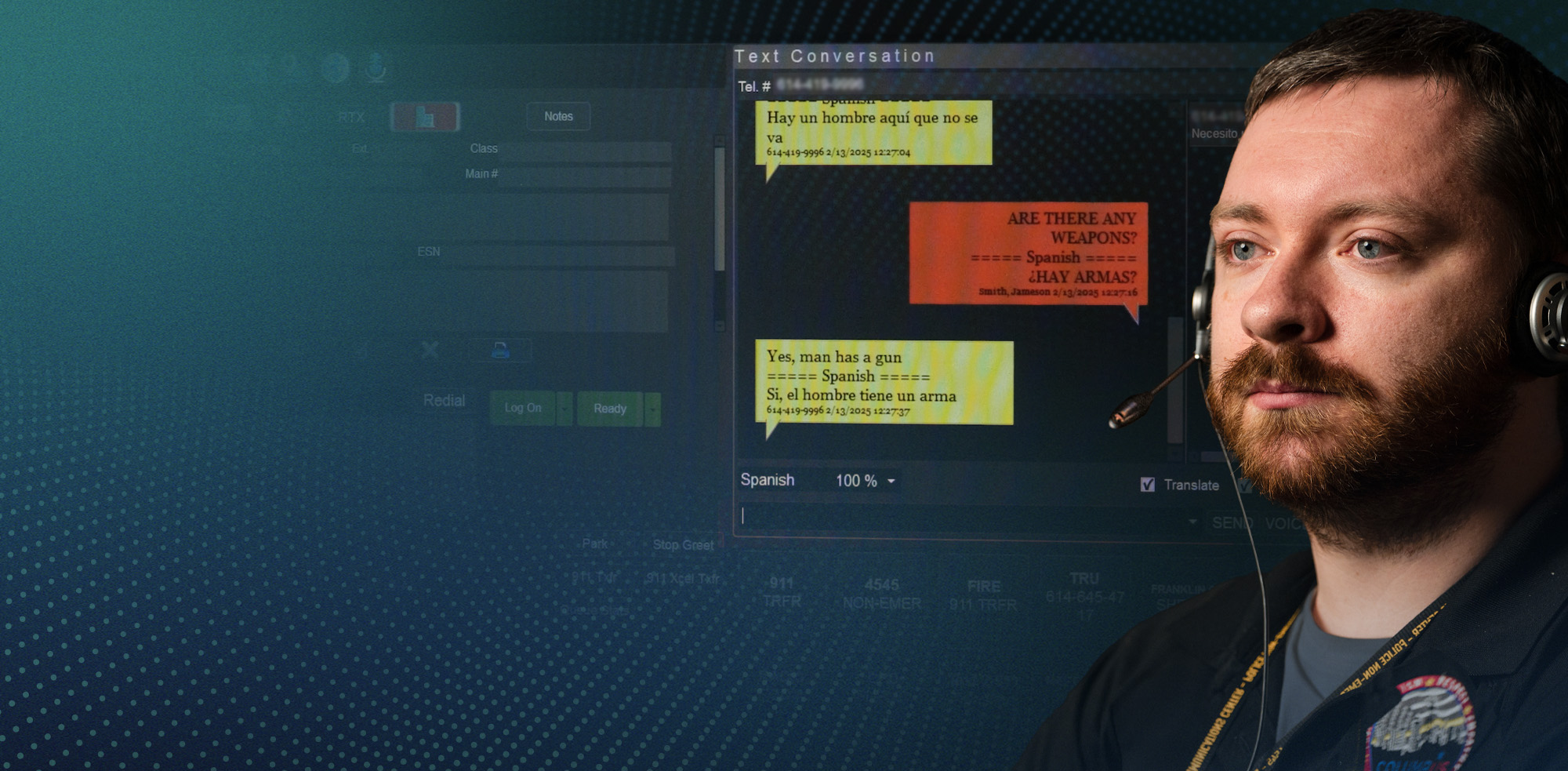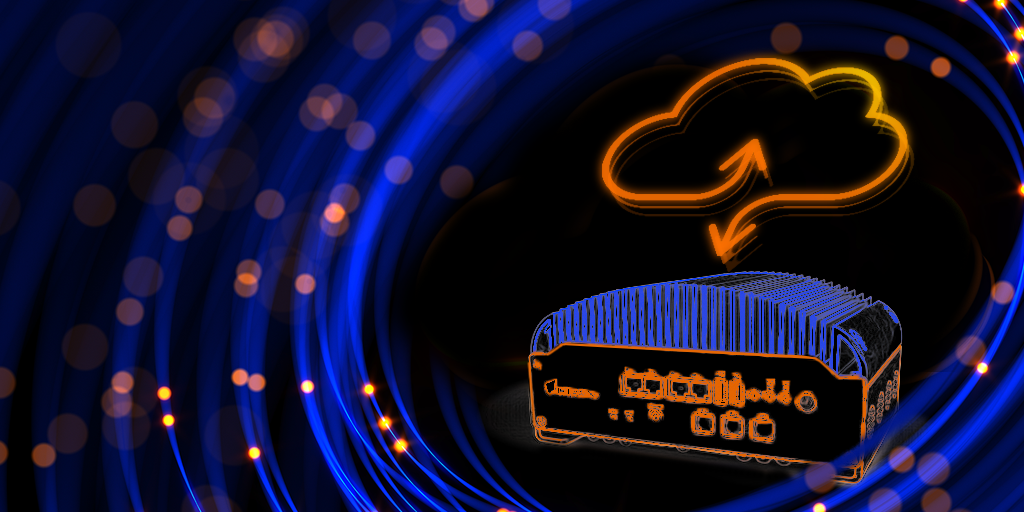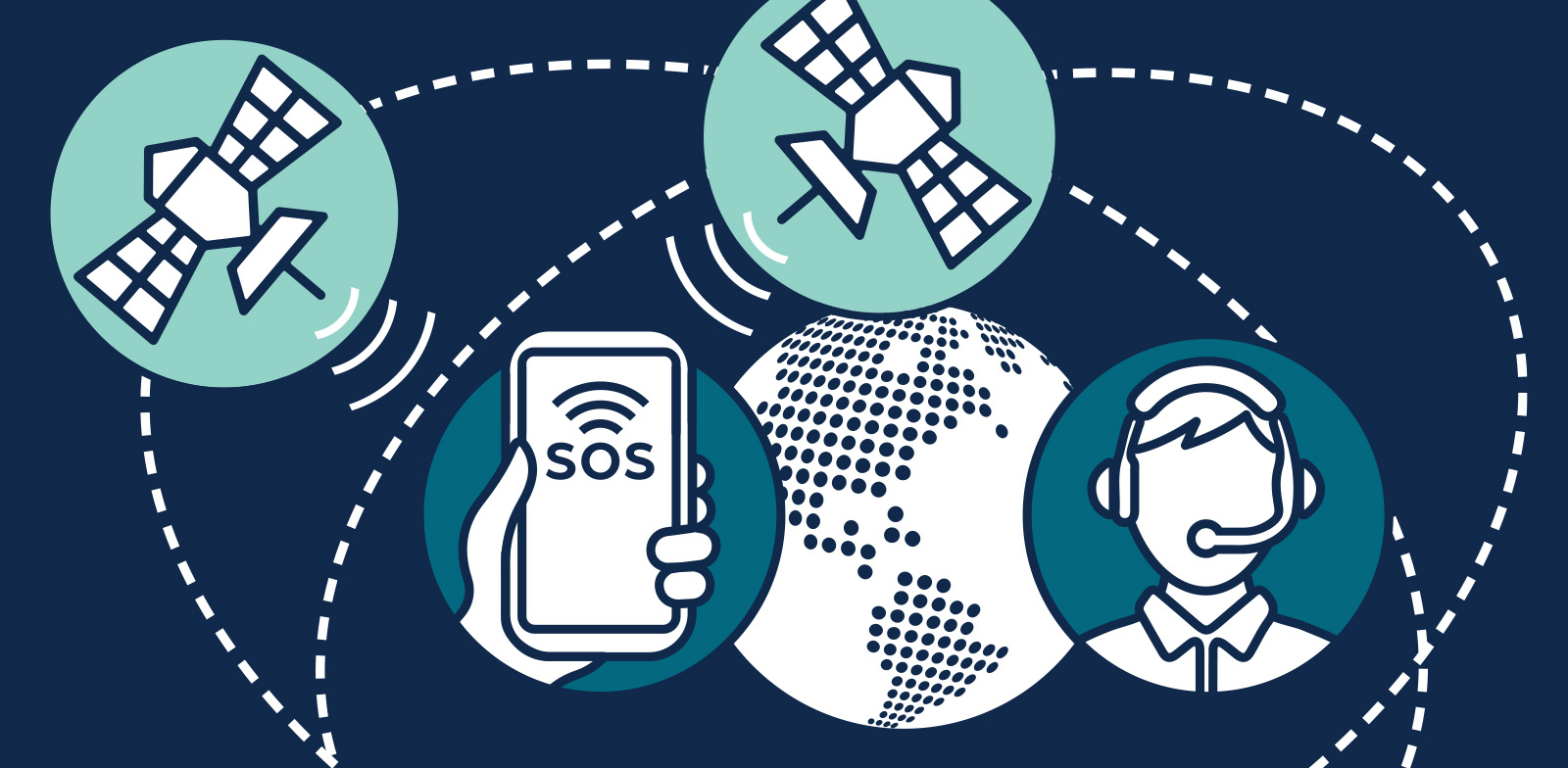Space: The Final Frontier in Public Safety?
Breakthrough technologies seem to come at us in bursts of innovation, and recent industry announcements are no exception. Apple introduced their...
4 min read
By Monica Collett Ellis, Product Marketing Director
Oct 15, 2025
My son, who works providing camp equipment and services to firefighters in remote areas, recently returned home after two weeks supporting crews battling the Rattlesnake and Lynx Mountain fires in Washington State. Here in the Pacific Northwest, we are fortunate that fall rain has arrived, bringing with it a bit of relief to our ongoing wildfire season. While this seasonal turn helps lower the threat of massive damage and loss, wildfires can be a year-round concern for some areas, as we saw in January with the devastating Los Angeles County fires.
Meanwhile, the Atlantic hurricane season is still underway, bringing with it the potential for high winds and flooding. Ice and snowstorms loom on the horizon, especially severe in the Midwest and Northeast. In Alaska, spring and summer warming can result in glacial outburst flooding to Juneau and other areas. Climate-related emergencies are truly a year-round concern across the United States.
In moments like these, the ability to send a single message can mean the difference between isolation and lifesaving help. Yet communication channels are often an early casualty when disaster strikes.
Satellite technology is emerging as a critical safety net during extreme weather events, extending connectivity beyond the limits of terrestrial networks. When paired with Supplemental Coverage from Space from Intrado, which provides satellite-enabled text-to-9-1-1, dangerous emergency communication gaps are closed, making it possible to reach first responders anywhere, anytime.
The Evolution of Satellite Emergency Communications
Historically, satellite-enabled devices were primarily used by adventurers and professionals operating in remote areas. With rapid advancements, emergency communication capabilities now extend beyond terrestrial networks to mainstream devices, allowing users to reach 9-1-1 even when traditional cellular networks are not available or if they fail.
Intrado, a leader in emergency communications, has been at the forefront of enabling these critical connections. From pioneering the very first text-to-9-1-1 services in 2009 to implementing satellite-based emergency messaging today, Intrado is ensuring that no call for help goes unanswered.
The Challenge: Bridging the Gap Between Satellite and 9-1-1
Public safety answering points (PSAPs) play a crucial role in emergency response, with approximately 6,000 PSAPs across the United States. However, 20% of PSAPs are not text-enabled and still rely solely on voice calls.
In a typical terrestrial scenario, if a person texts a non-text-enabled PSAP, they would receive an automatic bounce-back message directing them to call 9-1-1. However, with satellite communications, a voice call isn’t always an option — there may be no terrestrial network to fall back on.
Recognizing this gap in capabilities, Intrado developed a solution that ensures every emergency text from our customers' satellite networks reaches the appropriate PSAP. SOS texts are delivered natively to capable PSAPs. If sent to a non-text-enabled PSAP, Intrado’s Emergency Call Relay Center (ECRC) acts as the voice relay center for satellite SOS text messages so that requests for assistance can be addressed.
How It Works: Reliable Routing for Satellite SOS Messages
Intrado has leveraged its 9-1-1 call and text routing expertise to develop a seamless emergency messaging solution for satellite users. Here’s an overview of the process:
Message Transmission: When a user sends an SOS text via satellite, the message travels to a terrestrial ground station.
Routing Through the Text Control Center (TCC): The message enters Intrado’s TCC, which determines the correct PSAP based on geographic boundaries across the country.
Direct PSAP Delivery: If the PSAP is text-enabled, the message is delivered directly by Intrado to the dispatcher’s existing voice and text 9-1-1 call handling equipment for immediate response.
Emergency Call Relay Center Support: If the PSAP is not text-enabled, Intrado’s ECRC steps in, relaying the message verbally to the PSAP via the dedicated 9-1-1 infrastructure and ensuring the emergency is addressed.
Bypassing unnecessary call center intermediaries in cases where native text messaging can be delivered directly to the PSAP, Intrado eliminates delays, shaving critical seconds off emergency response times — seconds that can mean the difference between life and death.
It should be noted that our ECRC is staffed 24/7/365 with APCO-certified telecommunicators, expertly trained and fully qualified to handle emergency scenarios. This incredible group has played a part in high-profile rescues and many natural disaster response efforts – a trusted team to have your back when emergencies happen.
Real-World Impact: Satellite SOS in Action
The scale of this service is significant. Our TCC has processed more than 4.8 million emergency texts. And since launching satellite SOS text services in 2022, Intrado has processed more than 50,000 emergency SOS text messages.
A notable real-world example of SOS text in action occurred during the Eaton and Palisades fires that tore through Los Angeles County this year. Over three days, when terrestrial cell towers were destroyed, satellite-enabled devices became the only lifeline for affected individuals, with more than 4,000 SOS texts being routed through Intrado’s platform.
International Considerations and Regulatory Outlook
While the U.S. has a relatively mature text-to-9-1-1 infrastructure, international infrastructure varies significantly. Some countries may designate only a few centralized PSAPs to handle satellite SOS texts, while others require custom routing solutions. Intrado works closely with regulators and public safety officials worldwide to tailor strategies that meet local needs.
Currently, regulatory frameworks for satellite emergency communication remain light, allowing the industry to innovate and expand. However, as satellite-enabled SOS services become more prevalent, regulations are expected to evolve, much like they did in the early days of mobile 9-1-1 services.
What’s Next: The Future of Satellite-Based 9-1-1 Services
Looking ahead, the next step is moving beyond text to voice 9-1-1 calls via satellite. As satellite networks develop voice capabilities, Intrado aims to integrate this functionality, ensuring a seamless and efficient emergency response system that supports both text and voice communications.
For now, the ability to send an emergency text via satellite represents a significant leap forward in public safety. Whether responding to wildfires, natural disasters, or individual distress situations in remote areas, Intrado’s innovative approach is shaping the future of emergency communication.
A Critical Solution for Rising Climate Events
Data from NOAA’s National Centers for Environmental Information shows the annual average of billion-dollar weather disaster events (adjusted for inflation) increased from nine per year in the 1980s to more than 20 in recent years.
As these events become more common, the gaps in coverage that were once rare can become a more frequent risk. Satellite-to-text and supplemental 9-1-1 coverage provide a lifeline in these scenarios, ensuring that individuals can reach first responders even when terrestrial networks are offline.
Partnering for a Safer Future
Weather-related emergencies are not confined to a single season, nor is the need for resilient communication. Across the U.S., satellite-to-text services provide a critical lifeline when cell towers are down, power is out, or communities are isolated, ensuring that help can be reached no matter the season.
For industry partners, regulatory agencies, and technology developers, collaboration with Intrado represents an opportunity to advance the capabilities of satellite emergency services. By working together, we can create a safer, more connected world — one where every emergency call reaches those who can help.

Breakthrough technologies seem to come at us in bursts of innovation, and recent industry announcements are no exception. Apple introduced their...

In 2025, the City of Columbus, Ohio, home to nearly 907,000 residents and one of the fastest-growing cities in the Midwest, became one of the first...

In the coming weeks, Intrado will introduce the Sonic EDGE, an alternate configuration of the Sonic G3, and a cutting-edge appliance that gives...

What’s Your Plan for 911 Services? As satellite communications gain significant momentum, companies are aggressively planning how emergency services...